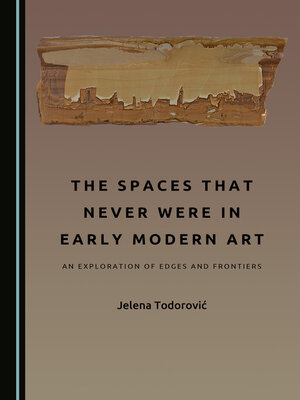The Spaces That Never Were in Early Modern Art
ebook ∣ An Exploration of Edges and Frontiers
By Jelena Todorović

Sign up to save your library
With an OverDrive account, you can save your favorite libraries for at-a-glance information about availability. Find out more about OverDrive accounts.
Find this title in Libby, the library reading app by OverDrive.



Search for a digital library with this title
Title found at these libraries:
| Loading... |
Throughout history, the research of space has always been an issue of great interest. Since classical Antiquity, the physical space itself and its imperfect double, the illusionary space used in the visual arts, have been one of the perpetual obsessions of man. However, there are very few studies that question the reality of represented space, and deal with those liminal phenomena that exist on the blurred boundary between reality and imagination. Such spaces were never defined by carefully drawn borders; they were usually outlined by the ephemeral and ever changing barriers. For that very reason, liminal spaces describe those curious worlds confined in gardens and collections, they underpin all those dreams of ideal societies, and construct visions of unobtainable and distant shores. Liminal spaces are the territories not usually found on maps and in atlases, they are not subjected to laws of perspective and elude the usual representations. They are always beyond and behind the established depiction of space. Often, they possess yet another layer of signification, that transforms a mere image of nature into a political manifesto, the lines on precious stones into the shapes of vanished cities, and private art collections into a dream of absolute power. This book explores different representations and forms of liminal spaces, that on the one hand, deeply influenced the history of the early modern imagination, and, on the other, established the models for our own understanding of liminal spatial phenomena.






